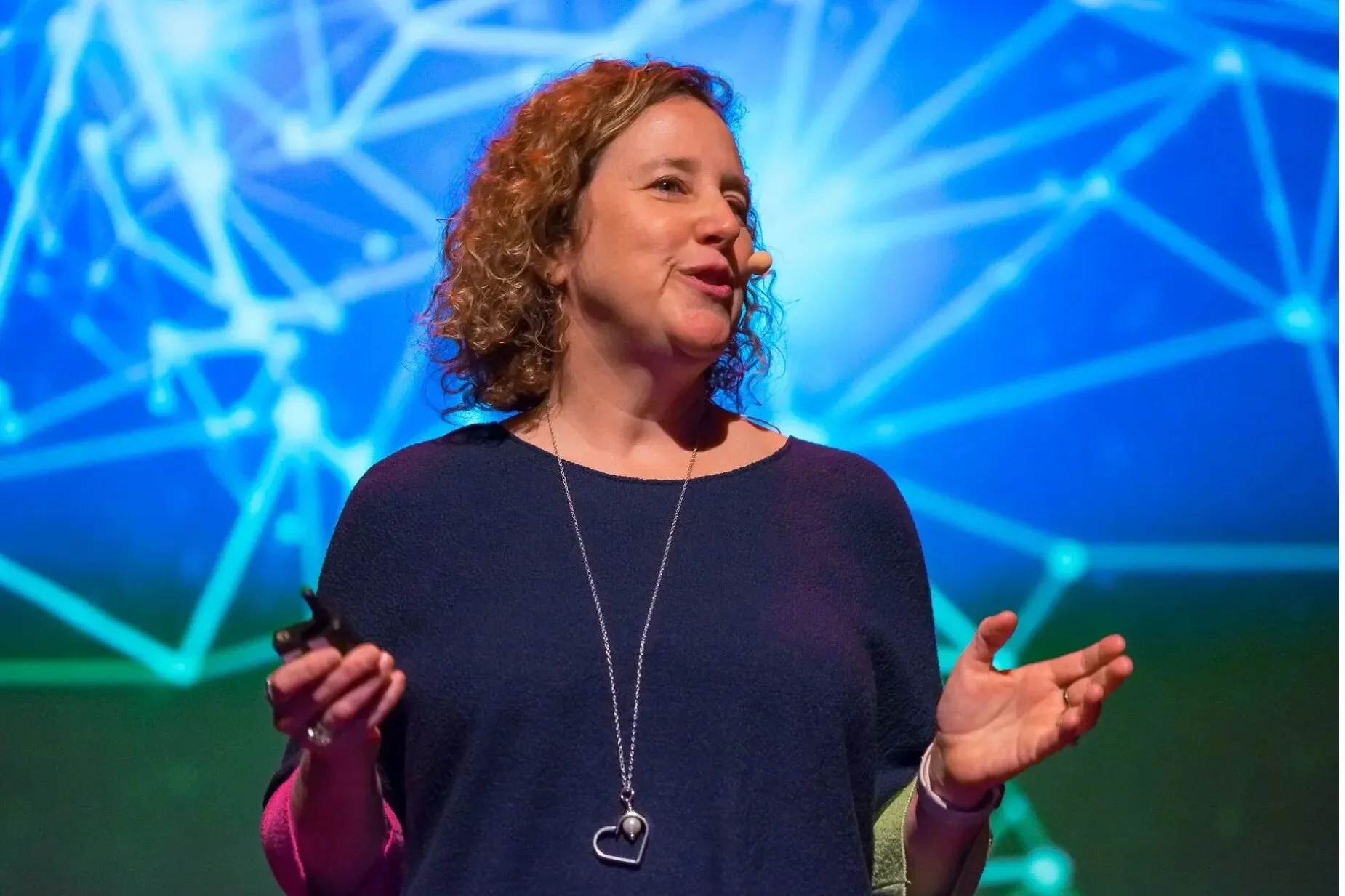Psychological Safety: ACTION (Part 2)
Beyond Self Care
Subscribe on Apple Podcasts, Amazon Music & Audible or Spotify!
Or subscribe here for an email with each episode!
In this episode, Gail Markin, Caroline Picard, and Jade Garratt from Psych Safety discuss innovative professional development practices and the crucial role of psychological safety in educational settings. The conversation delves into the concept of Joint Practice Development (JPD), a collaborative approach that pairs teachers to plan, teach, and observe lessons together. This method fosters a supportive environment for growth and reduces the fear often associated with traditional observation models. Also discussed is the "Andon Cord" concept, adapted from Toyota's manufacturing practices, as a tool to encourage open communication and continuous improvement in educational teams. The speakers emphasize the importance of creating a culture where raising concerns is not only accepted but celebrated.
Throughout the episode, the significant impact of psychological safety on teacher well-being, retention, and overall educational outcomes is highlighted. The conversation contrasts this with punitive evaluation systems that can stifle innovation and growth. The conversation acknowledges the challenges of implementing these practices, including time constraints and existing cultural norms. However, the speakers argue that investing in psychological safety ultimately saves time and leads to more effective teaching and learning environments.
If you haven’t listened to Part 1 of this conversation - go here now and catch up!
“We can model the behaviours that show we’re in a psychologically safer space. The great thing is, we don’t have to wait until we’re there, we can start doing it now - that action begins to create the space.”
Show Notes:
Guest: Jade Garratt works with PsychSafety, providing resources and tools to organizations of all sizes across diverse industries, helping foster environments where people feel safe to share ideas, raise concerns, and grow.
Psychological Safety:
Allows for risk-taking, innovation, and learning from mistakes
Contrasted with punitive evaluation systems that create fear and inhibit growth
Leaders can model vulnerability by admitting mistakes
Investing time in building psychological safety pays off long-term
Challenges:
Time constraints make it difficult to prioritize these practices
Existing evaluation systems may work against psychological safety
Cultural change is needed at multiple levels
Benefits:
Improves teacher wellbeing and retention
Creates a culture of continuous improvement
Allows for more honest conversations about challenges
“We know what it feels like to be in an UN-psychologically safe space, but we don’t always have the language around it.”


